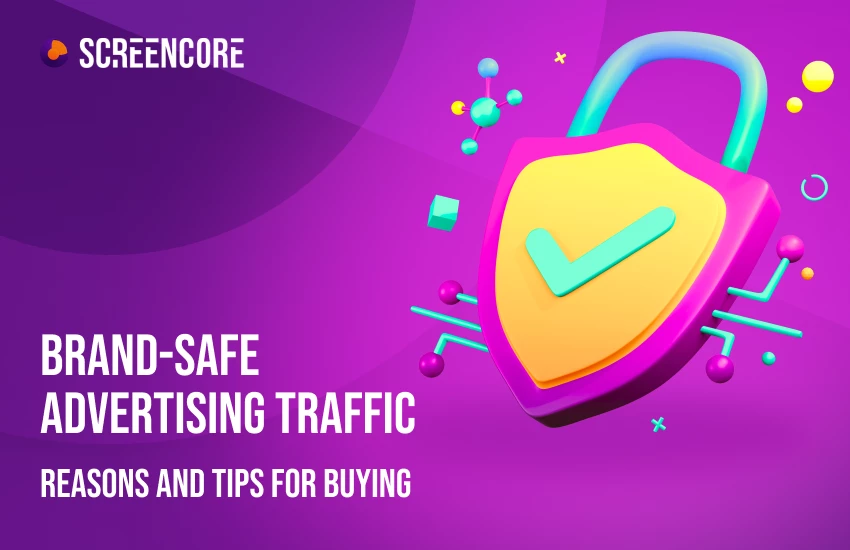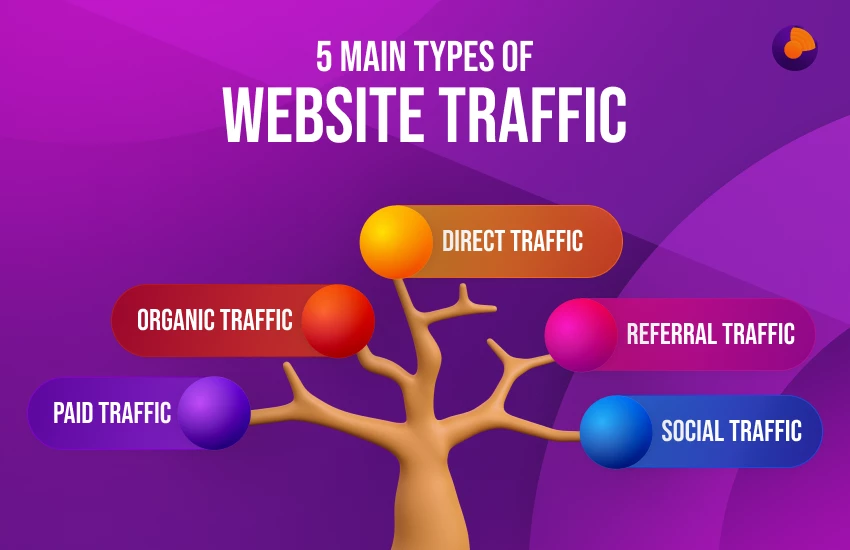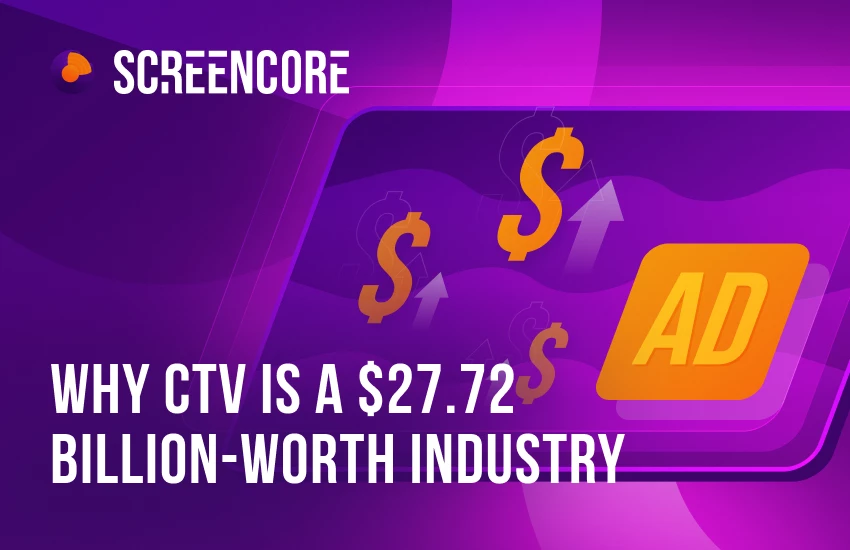Brand-Safe Advertising Traffic: Reasons and Tips for Buying

Increasing website traffic is an important goal for business. One of the ways to catch users’ attention is to buy website traffic. On the one hand, this process seems easy. But, getting your ad noticed is like a fight against other businesses, what's already on the page. Achieving quality traffic stems from delivering the right content and experience to your visitors.
In this article, we want to discover the buying traffic process and share several tips that can help you to buy relevant and brand-safe advertising traffic. These strategies aim to ensure that ads reach the right audience effectively, enhance user engagement, and ultimately improve the return on investment.
Buying Traffic: What Does it Mean
Buying traffic is nothing more than the set of strategies in which you will need to invest money to attract people to your offer. It is about investing money in capturing the attention of potential customers in order to get more money later. For an app to be successful, users need to be driven to an advertisement from various sources. The traffic needs to be associated with interested people to eventually buy the product or service.

Paid targeted traffic allows you to reach more people, gain customers quickly with less effort. It accounts for 27% of internet traffic. In contrast, with organic web traffic, you need to develop numerous SEO-optimized pages and position yourself as an authority in your field, hoping that search engines will eventually recognize you.
Who Buys Website Traffic
Various businesses buy website traffic, each with its own objectives and strategies. For instance, publishers purchase traffic for their landing pages or websites. Organic traffic isn't the only way for them to generate profit. Moreover, it doesn't work as effectively, especially for multi-geo websites or, for instance, streaming platforms. Therefore, buying traffic serves as an additional tool for most publishers.
Affiliate marketers direct both organic and paid traffic to the content they create to promote products. They incorporate affiliate links into product reviews or listicles and then drive significant traffic to these articles. Users who click on an affiliate link are taken to an advertiser's page. This promotional strategy helps them to generate leads or sales for third-party products or services in exchange for commissions.
Key tips and strategies for buying traffic
Buying traffic can be a powerful strategy for increasing website visibility, improving lead generation, and boosting sales. However, it's crucial to approach this tactic wisely to ensure you get the most out of your investment.
Be Clear About Your Goals
Before purchasing traffic, know what you aim to achieve—whether it's increasing sales, generating leads, or boosting brand awareness. Having clear goals provides a sense of direction. It helps you focus your efforts and resources on what's most important, ensuring that every action contributes towards achieving these objectives.
When you know what you're aiming for, you can allocate your resources more efficiently. It allows you to prioritize tasks, budget appropriately, and avoid spending on initiatives that don't align with your objectives.
Target Your Audience Precisely
Leverage the targeting features offered by ad platforms to reach your ideal audience based on:
- demographics,
- interests,
- behaviors,
- location.
For example, Facebook allows for detailed targeting, including job titles, education, life events, and user behavior.
You can also find similar users and consider lookalike audiences. These users resemble your existing customers, enabling you to reach people who are likely to be interested in your products or services.
Use Keyword Targeting
Keyword targeting involves choosing specific words or phrases related to your product or service to feature on your website and in your advertising copy. Identifying the optimal keywords is essential for securing a top position in search engine results pages, ensuring your business is visible to your target audience precisely when it matters most to their needs. Therefore, conducting extensive research is key to pinpointing the keywords your business should focus on.
Here are seven Important keyword targeting elements:
- Page title;
- Headline;
- Body text;
- URL;
- Images and image alt attributes;
- Internal and external links;
- Meta descriptions.
Additional tip: opt for long-tail keywords, which are lengthier and more detailed search terms with less competition. Targeting these keywords allows you to connect with a more specific audience and attract traffic at a reduced cost.
Utilize Geo-Targeting
If your product or service is location-specific, use geo-targeting to show your ads only to users in certain areas. This allows you to reach visitors from specific locations, reducing wasted ad spend on irrelevant traffic. By narrowing down your audience to a specific region, you can increase the effectiveness of your advertising and maximize your budget.
Measure the Traffic You Have Purchased
Measuring traffic is crucial for several reasons. First of all, tracking traffic provides valuable insights into how users interact with your content. It helps you understand what attracts visitors, how they navigate your site, and the actions they take, enabling you to tailor your content and design to better meet their needs.
The second reason is optimization. By analyzing traffic, you can identify which pieces of content or which campaigns are performing well and why. This allows you to replicate successful strategies and optimize underperforming content, ensuring resources are allocated efficiently.
Understanding traffic patterns helps in identifying bottlenecks and issues that may hinder user experience. By addressing these issues, you can create a smoother, more engaging user experience that encourages repeat visits.
Measuring traffic also enables you to understand the conversion funnel better. By analyzing how traffic flows through your site and where users drop off, you can make targeted improvements to increase conversions, whether that's signing up for a newsletter, making a purchase, or another desired action.
How to Ensure Brand-Safe Advertising Traffic and Keep Bots at Bay?
Bot traffic refers to internet traffic generated by automated bots rather than human users. Bots are software applications that perform automated tasks over the internet. While some bots are beneficial, others can be malicious or undesirable, especially in the context of website analytics and digital advertising. You can buy bot traffic or get it for free but the last option requires a lot of effort since many such bots are bad ones: they steal content, spam, look for vulnerabilities, etc.
This type of traffic can inflate advertising metrics, causing advertisers to pay for engagement that is not genuine and does not come from potential customers. Bot traffic can also skew analytics data, making it difficult for website owners and advertisers to accurately understand their audience and the effectiveness of their campaigns.
In the context of brand safety and advertising effectiveness, minimizing bot traffic is crucial to ensure that advertising budgets are spent on genuine human engagement, thereby improving the return on investment (ROI) and maintaining the integrity of digital campaigns. Screencore has a safe advertising infrastructure with security protection and monitoring systems. With Screencore you can increase website traffic while staying sure that your impressions are viewable by real people.

